Despite its relatively small size, Rwanda has a diverse range of wildlife, including gorillas, buffalo, chimpanzees, elephants, lions, leopards, mountain gorillas and white and black rhinos. However, the country’s wildlife population has faced significant challenges in the past, including habitat loss, poaching, and conflict.
In the 1990s, Rwanda’s civil war and genocide had a devastating impact on the country’s wildlife. National parks and protected areas were destroyed, and many animals were killed for food or as a result of the conflict. The mountain gorilla population, in particular, was hit hard, with half of the population killed during the conflict.
Since then, the government of Rwanda has made significant efforts to protect and conserve the country’s wildlife. National parks and protected areas have been restored and expanded, and anti-poaching measures have been put in place. As a result, the mountain gorilla population has increased, and other species such as lions and black rhinos have been reintroduced to the country.
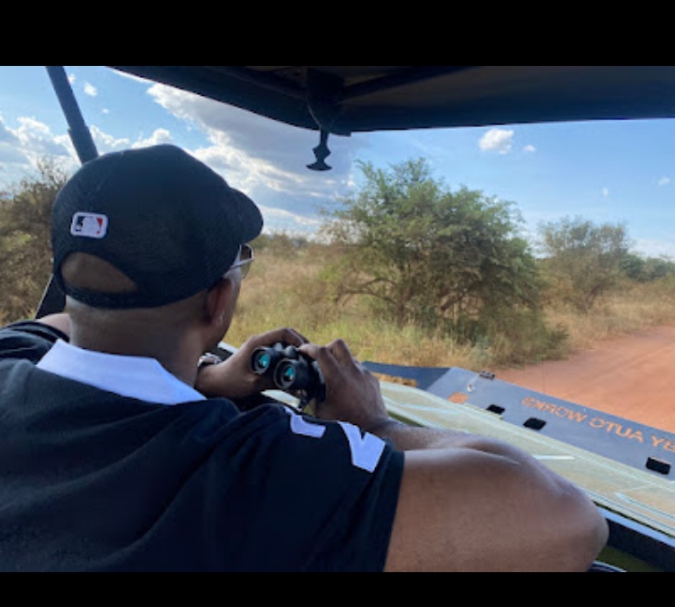
Today, Rwanda’s national parks, including Volcanoes National Park and Akagera National Park, are popular tourist destinations, attracting visitors from around the world who come to see the country’s unique wildlife and beautiful natural landscapes.
Here are some of the top wildlife destinations in Rwanda:
- Volcanoes National Park – This Park is home to the famous mountain gorillas, which are one of the main attractions in Rwanda. Visitors can trek through the forest to see these amazing creatures up close.
- Akagera National Park – This park is located in the eastern part of Rwanda and is home to a wide range of wildlife, including elephants, lions, leopards, giraffes, and zebras.
- Nyungwe National Park – This park is located in the southwestern part of Rwanda and is home to a variety of primates, including chimpanzees and colobus monkeys.
- Gishwati-Mukura National Park – This park is located in the western part of Rwanda and is home to a variety of wildlife, including chimpanzees and golden monkeys.
- Lake Kivu – This lake is located in the western part of Rwanda and is home to a variety of aquatic wildlife, including hippos, water buffalo and crocodiles.
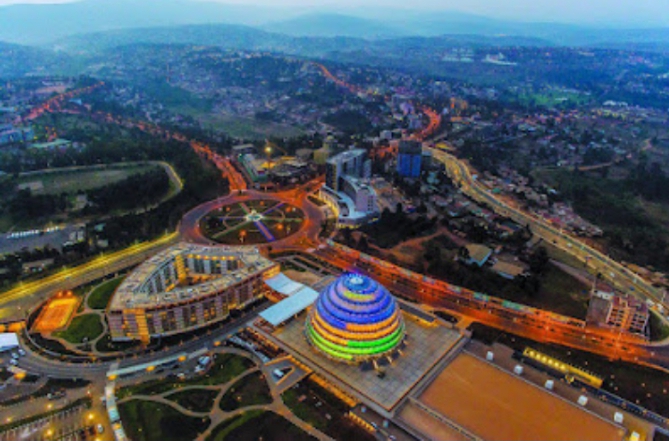
Rwanda takes conservation and the welfare of the animals very seriously, which is why people flock to Rwanda to see animals they can see in other locations.
The Beautiful People:
Rwanda is dominated by two large Bantu tribes namely ‘Utu and Muntu’. The inhabitants of these two tribes have thin, slightly long and beautiful faces with well-sculptured bodies. This makes the women extremely pretty and the men charming. This is evident in the many beautiful Rwandan celebrities and social media influencers who have risen to the limelight.
Rwanda’s entertainment industry is full of good-looking men; from the music scene to fashion and sports. However, there are some that have risen above the rest. Legends like Intore Masamba, Kizito Mihigo, and of course Jimmy Gatete blended with the new era of Médard Ngabo, Benjamin Mugisha, Francis Iraguha and James Gwiza are just a few among the newest of Kigali’s most handsome celebrities.
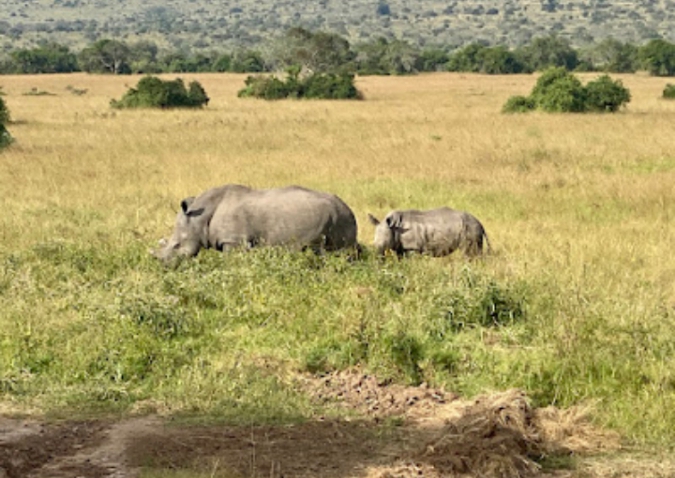
Among several magnificently beneficial things God gave to Rwanda are the excellent beautiful girls. Rwandan women are known for their elegance and alluring beauty. Truth be told, many outsiders do not just think about their thousand hills and slopes or the sweet coffee and gorillas; a lot of attention goes to their beautiful women. Popular Twitter influencer, AdvoBarryRoux instantly went viral after he tweeted “Before you get married, please visit Rwanda, you will thank me later” along with pictures of beautiful Rwandan ladies.
It’s no secret, girls just like guys, love compliments. But Rwandan girls are not your average girls as concluded. On top of their beauty, they are well endowed with intelligence, grace, self-respect, astuteness and pride.
The Golf Experience:
Africa is well known for its incredible safari experience, its diverse and spectacular scenery. Also evident is its multicultural flair. What many don’t know is that the continent is also home to 828 golf courses. Many of which are at par with the likes of Europe and North America’s best.
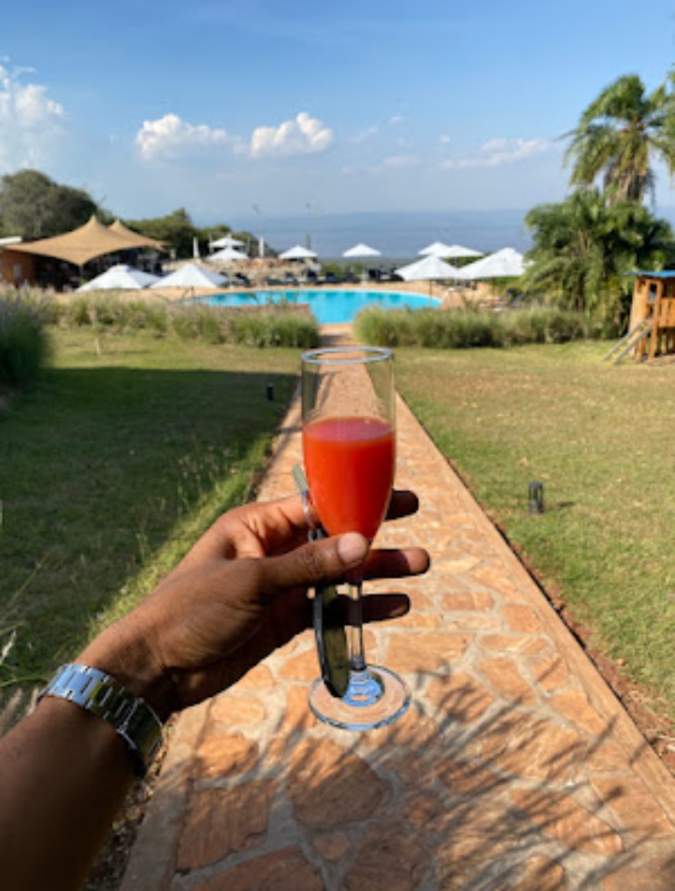
Golf is one of the emerging sports in Rwanda. In partnership with the private sector, the government has made substantial investments in the sport to tap into the lucrative global golf tourism market estimated at $44 billion.
In the heart of the City lies the Kigali Golf Club, Rwanda’s premier 18-hole golf course, which sits on 52 hectares. Several tournaments are held throughout the year. These include the CIMERWA annual golf tournament.
Outside Kigali, you can enjoy a round of golf at the Falcon Golf Club, a new waterfront nine-hole course in the Rwamagana district, in the Eastern Province, just 1 hour from the Capital City, Kigali. Playing golf in Rwanda is truly a wonderful experience – the weather is beautiful, and the courses overlook spectacular views. Not to mention their proximity to incredible tourist locations allowing you to play golf in the morning, explore Rwanda in the afternoon and retire to world-class accommodation at the end of the night.
The Beautiful Country:
The landscapes in this green country are truly breathtaking. Many visitors to Rwanda have remarked that the physical beauty of the country is without equal on the African continent. Rwanda has five volcanoes, twenty-three lakes and numerous rivers, some forming the source of the River Nile and the River Congo. Spectacular volcanoes and dense tropical forests dominate the north of the country, while gentle hills and valleys, calm lakes and turbulent rivers in both savannah and dense tropical vegetation dominate the rest of the country.
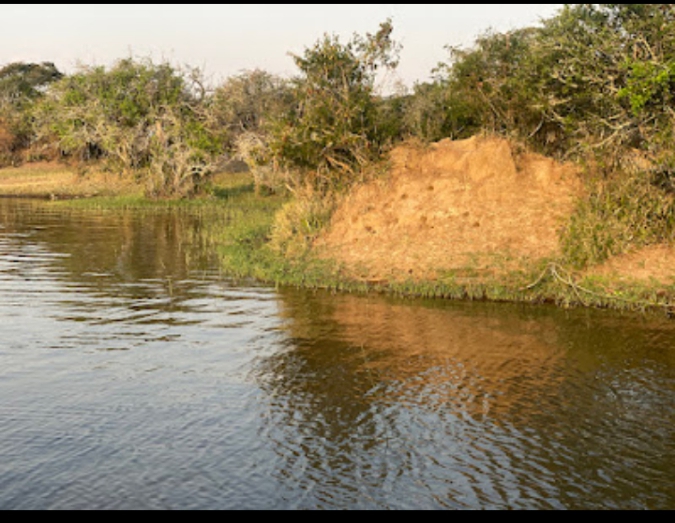
The high-altitude forests of the Virunga volcanic mountains, in northern Rwanda are home to the world’s largest number of endangered mountain gorillas. Numbering in the hundreds, the gorillas live in protected areas, free from poachers. The gorillas can be viewed in their natural mountain habitats at a close range.
Rwanda is bordered by Uganda to the north, Tanzania to the east, Burundi to the south and the Democratic Republic of Congo to the west. The country has a temperate climate, with two rainy seasons (February to April, November to January). Average temperatures range from 16-22 degrees Celsius. The climate is perfect for tourists.
Anyone visiting ‘the land of a thousand hills’ is in for a multitude of beautiful surprises, and of course the Gorillas
The unique opportunity to see gorillas in their natural habitat is unforgettable, some even say life-changing. Encounters with gorillas as they go about their daily lives are carefully managed, with expert trackers and guides leading small groups of tourists up bamboo-covered slopes to spend a precious and awe-inspiring hour just a few feet away from the gentle creatures.

The largest living primate, gorillas are spread across much of the equatorial African rainforest. Broadly speaking, the species is split into lowland gorillas and mountain gorillas.
The volcanic range which spans Rwanda, Uganda and the Democratic Republic of the Congo is home to the endangered mountain gorilla. Tracking gorillas in Rwanda is safe and gorillas are relatively accessible.
At the latest count, there are approximately 1,000 mountain gorillas in the wild, with 604 in the Virunga Massif. The population is slowly increasing, thanks to concerted efforts between the impacted governments, communities and NGOs.
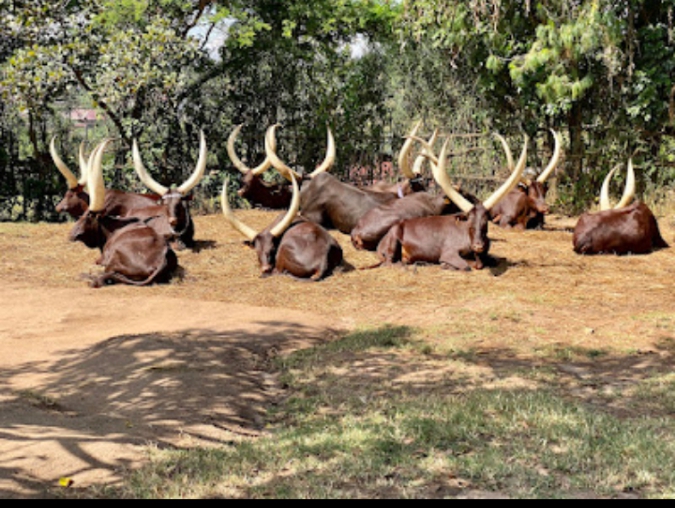
There are twelve gorilla families living in the Volcanoes National Park, which are fully habituated, with a few others habituated solely for scientific research. The groups, or troops, consist of at least one silverback along with several females and youngsters.
The troops are somewhat fluid in composition but tend to stick to a preferred area. They are constantly monitored and protected by park rangers, with each group coming into contact with tourists for a strict maximum of one hour per day.
Eight tracking permits are issued per troop per day, meaning the encounter is as intimate and as unobtrusive as possible. With only 96 permits available each day in Rwanda, it is highly recommended to book in advance, either online or via a reputable tour operator.
Visitors gather at the Volcanoes National Park headquarters in Kinigi at 7 am, and are allocated a family group on the day according to fitness levels, as well as being briefed on protocols and rules for visiting the gorillas.
The families are known as Susa, Igisha, Karisimbi, Sabyinyo, Amahoro, Agashya, Kwitonda, Umubano, Hirwa, Bwenge, Ugyenda and Muhoza. We saw the Muhoza.
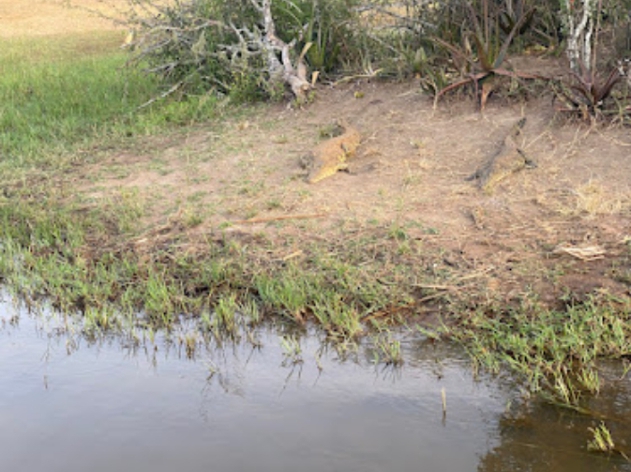
Hikes up to their various locations can last anything from 30 minutes to four or more hours, reaching an altitude of between 2,500m and 4,000m. Porters are available to carry backpacks and cameras, as well as to offer a helping hand along the route.
Eight tracking permits are issued per troop per day, meaning the encounter is as intimate and as unobtrusive as possible. With only 96 permits available each day in Rwanda, it is highly recommended to book in advance, either online or via a reputable tour operator.
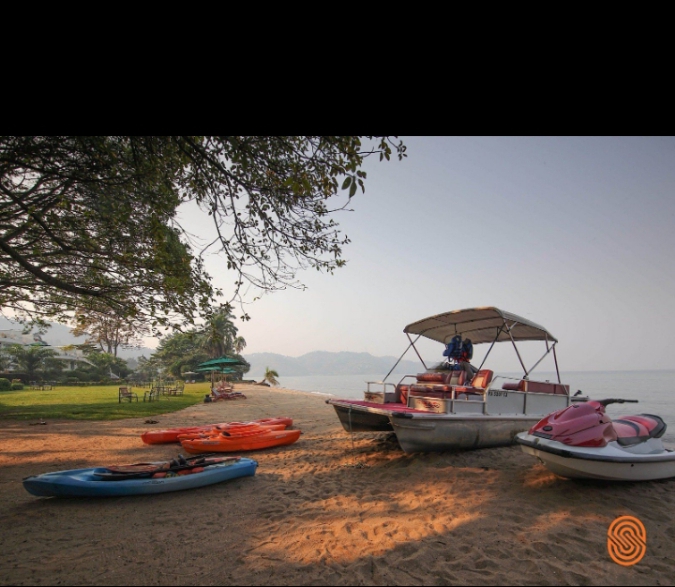
Visitors gather at the Volcanoes National Park headquarters in Kinigi at 7 am, and are allocated a family group on the day according to fitness levels, as well as being briefed on protocols and rules for visiting the gorillas.
For those interested in tracing the footsteps of Dian Fossey, her tomb is a 30-minute drive from the park headquarters and then a two or three hours hike through the forest, to above 3,000m altitude.
Support InfoStride News' Credible Journalism: Only credible journalism can guarantee a fair, accountable and transparent society, including democracy and government. It involves a lot of efforts and money. We need your support. Click here to Donate
